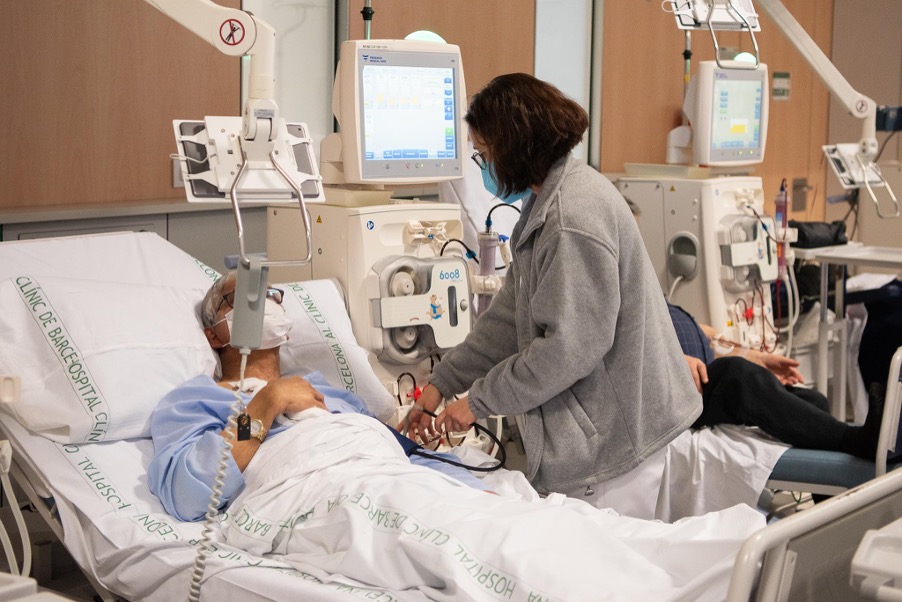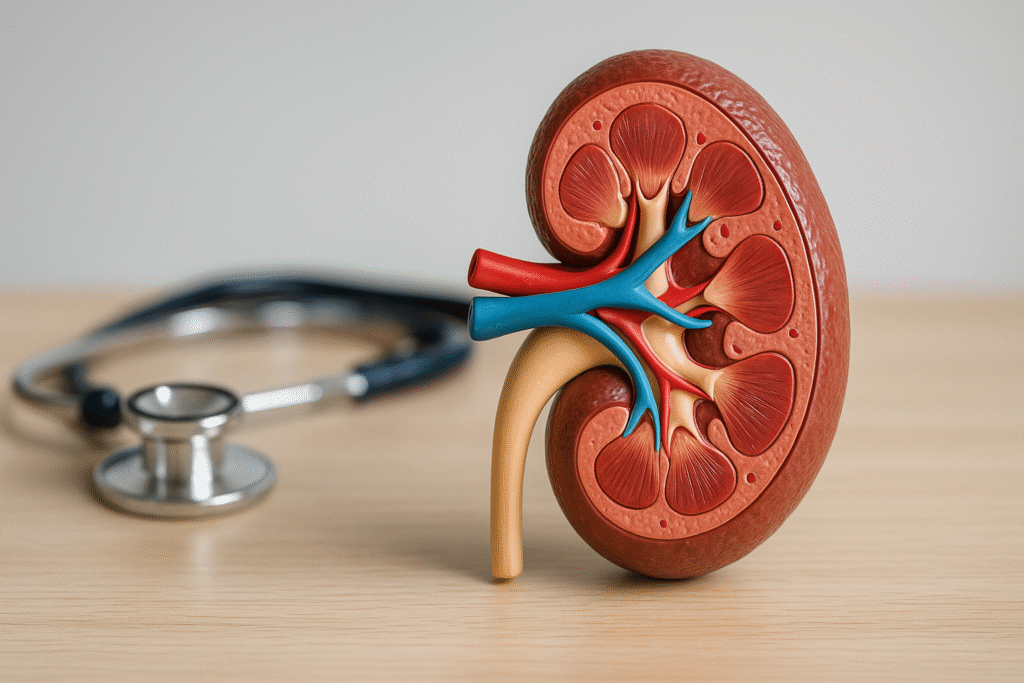
How green is Kidney Care? New research sheds light on the environmental impact of haemodialysis

A new open-access study from the KitNewCare consortium asks a simple question with complex implications for hospitals across Europe: how green is kidney care, really? Published in the Clinical Kidney Journal by Oxford University Press, “But how green is it actually? Calculating the environmental footprint of kidney care environmental optimisations within haemodialysis” quantifies the carbon and water impacts of common dialysis practices and a set of practical changes designed to reduce them.
The authors apply attributional life-cycle assessment, aligned with ISO 14040 and the EU’s Product Environmental Footprint guidance, using OpenLCA and the Ecoinvent database to compare interventions across five areas: procurement and resource use, energy, patient travel, water conservation, and waste management. Alongside environmental results, the work is framed within a triple-bottom-line perspective, with social impacts such as risks of forced labour addressed within the programme of research. The approach moves the sustainability discussion beyond good intentions by putting numbers on everyday decisions inside dialysis units.
Several findings stand out for clinicians and managers planning change. Reducing patient travel consistently delivered the largest greenhouse-gas savings among the scenarios tested, confirming the value of measures such as home therapies, telemedicine support, and more efficient transport arrangements, while recognising that local service design will shape what is feasible. Shifts in clinical practice can also be high impact: adopting incremental haemodialysis, where clinically appropriate, cut both CO₂ emissions and water use in the modelled year of treatment (316 kg CO₂e and 137 m³, respectively). On the energy side, on-site solar generation produced the greatest gains among technical measures modelled (646 kg CO₂e and 52 m³ saved), with heat-exchange systems and automatic IT shutdowns offering further, smaller reductions. The authors note that national electricity mixes influence achievable benefits, so procurement and estates decisions should be tailored to context.
Attention to seemingly minor items also adds up. Eliminating cotton blankets, a textile with a sizeable water and carbon footprint, yielded notable savings in the modelling (116 kg CO₂e and 899 m³ per year of thrice-weekly haemodialysis), while pre-ordering meals to cut canteen waste saved a further 53 kg CO₂e and 90 m³. Some changes, such as switching lightbulbs in isolation, made negligible difference, underlining the value of prioritising the big wins first.
Waste and water strategies matter, even if their contributions vary by site. The paper reviews options from better segregation and recycling to advanced treatments such as pyrolysis that can shift waste from clinical to domestic streams, reducing disposal burdens and costs. It also highlights the growing practice of reclaiming reverse-osmosis reject water for non-potable uses within hospitals. The analysis reminds readers that water and carbon footprints are often correlated, so projects that save water can bring parallel climate benefits.
Procurement choices run through the results. Moving from liquid to powder or semi-dry concentrates, or mixing dialysate in-centre, can cut packaging, storage and transport emissions while improving cost-efficiency. Beyond the dialysis room, catering policies offer another lever, with plant-based options capable of reducing the carbon footprint of a meal by up to half, a change that aligns clinical environments with wider institutional sustainability goals. The study’s consistent message is that environmental performance improves fastest when high-impact actions are prioritised, clinically appropriate, and adapted to local realities.
For health-service leaders, the value of this work lies in its translation of sustainability into operational choices that protect patient outcomes. By quantifying what different optimisations can achieve in terms of carbon and water, the paper provides an evidence base for estates teams, nephrology services and procurement leads who are planning investment and service redesign over the coming years. It also complements European climate policy, which calls on health systems to contribute to emissions reductions while safeguarding quality of care.
The paper is available here.

Save the date: Innovation Challenge 2 to accelerate sustainable kidney care across Europe

Green kidneys: solving nephrology’s climate paradox

